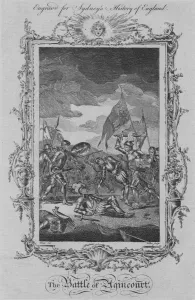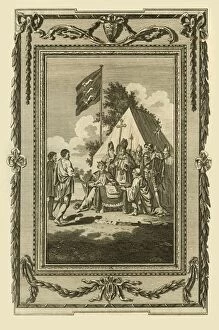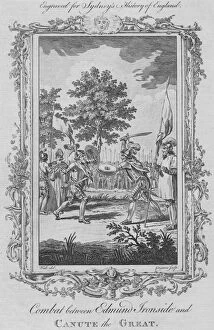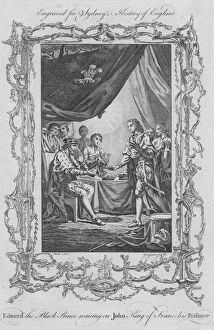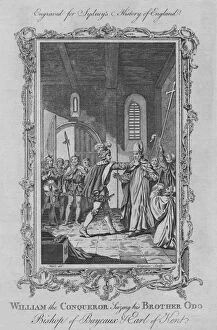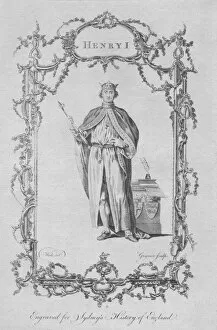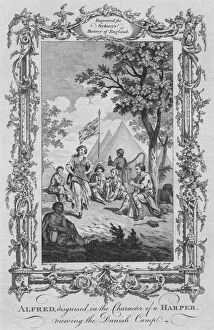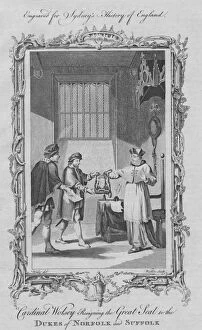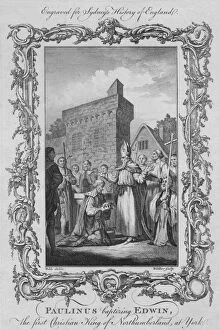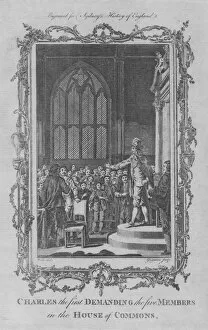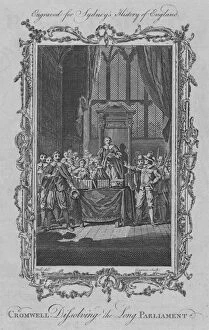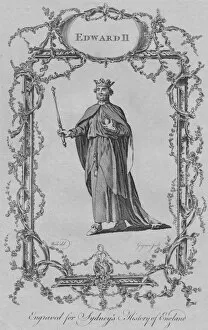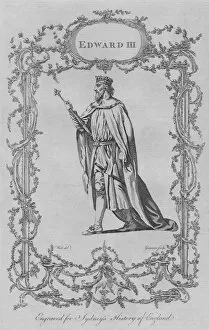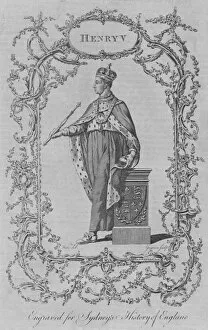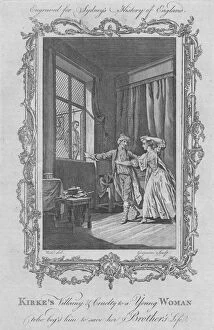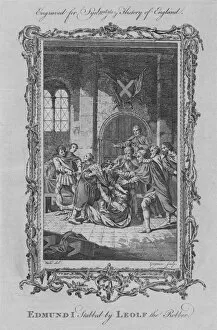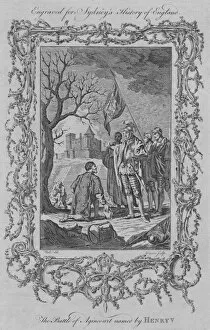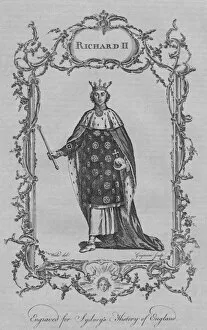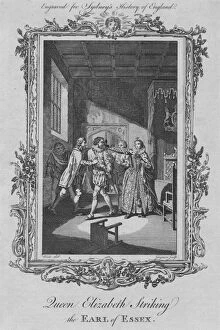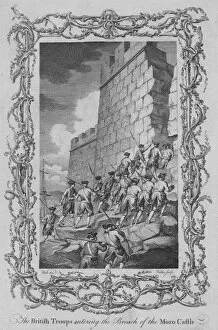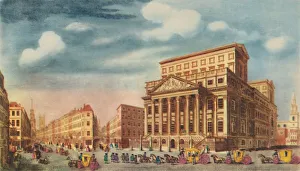Samuel Wale Collection
"Samuel Wale: Capturing History's Greatest Moments in Art" Step into the world of Samuel Wale, a renowned artist whose brushstrokes brought history to life
All Professionally Made to Order for Quick Shipping
"Samuel Wale: Capturing History's Greatest Moments in Art" Step into the world of Samuel Wale, a renowned artist whose brushstrokes brought history to life. From the epic Battle of Agincourt to the iconic signing of Magna Charta, Wale's masterpieces immortalize pivotal moments that shaped our past. In 1773, William Walker collaborated with Wale to depict The Battle of Agincourt, where English forces triumphed against all odds. With meticulous detail and vibrant colors, this artwork transports us back to the fierce clash on French soil. Another gem from Wale's collection is King John signing Magna Charta in 1215. Although its creator remains unknown, this painting captures the gravity of that historic moment when royal power was curtailed by a document that would shape democracy for centuries to come. Wale also paid homage to royalty through his portrayal of George II in 1773. Charles Grignion joined forces with him to create a regal masterpiece showcasing the monarch's commanding presence and unwavering authority. The combat between Edmund Ironside and Canute the Great is another scene brought vividly alive by Charles Grignion under Wale's guidance. This depiction showcases their intense struggle for power during a tumultuous period in England's history. One cannot overlook Richard I mortally wounded by an arrow shot by Bertram de Gourdon or Lord Hastings' tragic demise - both captured brilliantly by William Walker in 1773. These paintings evoke emotions as we witness heroes fall and understand their sacrifices for crown and country. Wale also delved into medieval times with his portrayal of Henry II, Edward the Black Prince awaiting John King of France as his prisoner, and The Maid of Orleans receiving St. Catherine's sword – each piece immersing viewers into different eras filled with bravery and chivalry.

